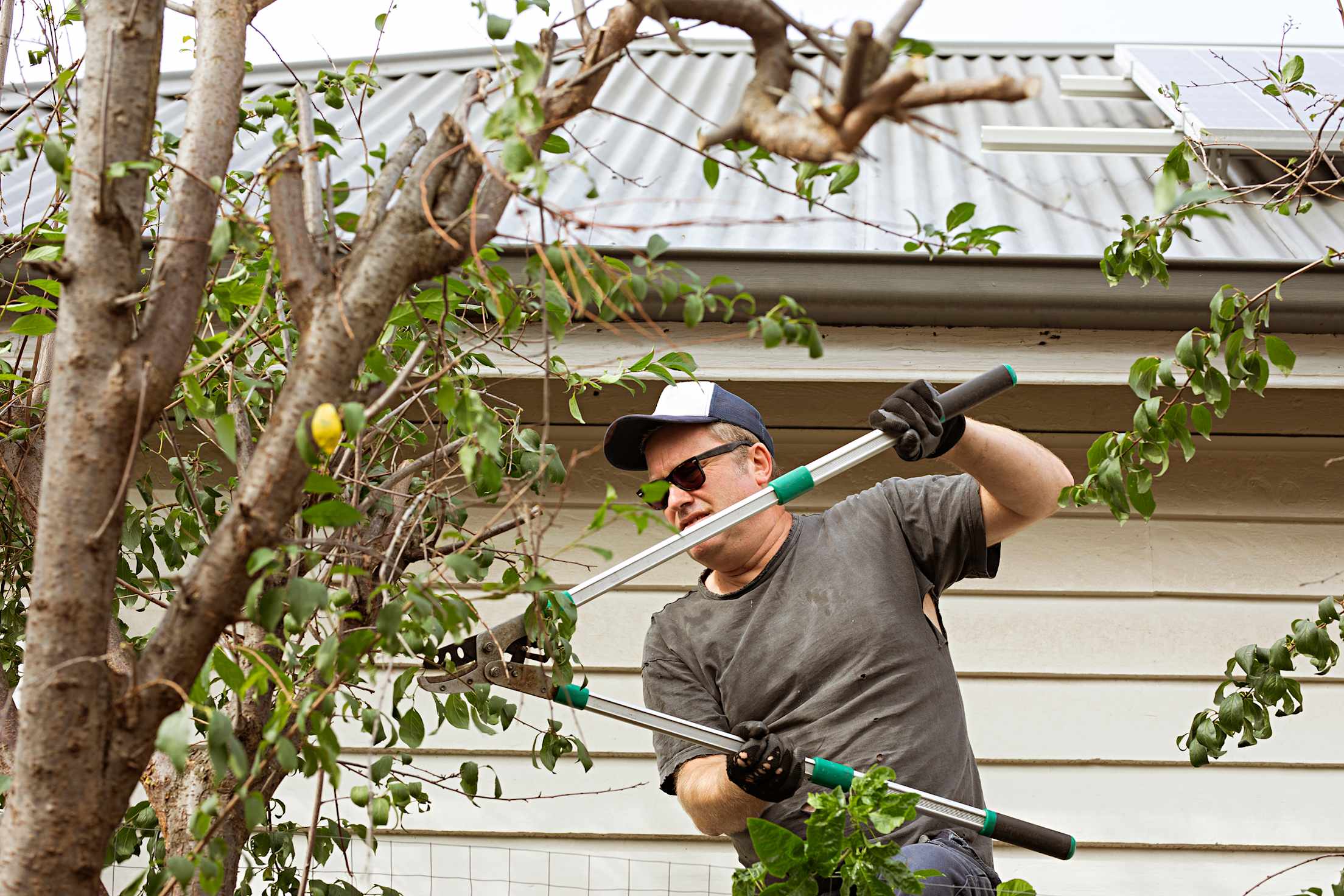
Now’s the Time to Prepare for Summer’s Heat, Fire, and Smoke
A bit of preparation now will help keep you safe and comfortable.

As summer approaches it’s easy to daydream about beach trips and lounging by the pool, but now’s the time to prepare for dangerous conditions that are becoming all the more common across the West: extreme heat, wildfires, and poor air quality.
Extreme heat events and wildfires have recently increased in both intensity and frequency in the West. Nine of California’s 10 biggest wildfires have blazed within this past decade. And in the Sierra Nevada-Cascade region especially, wildfires are now burning about five times the area at a high severity than they were before 1850. These intense, fast-moving infernos threaten the lives of people and animals in their direct path, and wreak far-ranging havoc.
The good news? A little preparation now can help you safely weather whatever the season may bring. Here’s where to start.
1. Sign up for alerts so you aren’t caught off-guard.
Local alerts offer crucial advanced warning for everything from dangerous thunderstorms to an approaching wildfire so you can prepare accordingly. Sign up for ZIP code-specific community alerts through services such as Nixle, or search the name of your county and ‘emergency alerts’ to find the service in use near you. (California residents can find their county alert system here.)
Download the FEMA App to receive real-time emergency and weather alerts from the National Weather Service and find a nearby shelter if needed.
Finally, bookmark these handy websites so you can find information fast when you need it most:
- AirNow.gov for air quality readings
- National Interagency Fire Center for information about current fires across the country
- The websites of your local fire and emergency services departments
- Weather.gov for weather advisories and alerts
“It’s crucial to have multiple sources of information during an emergency,” advises Sarah Dillingham, a senior meteorologist for the Insurance Institute for Business and Home Safety. You can also listen for the Emergency Alert System TV or radio broadcasts and look for Wireless Emergency Alerts on your phone.

2. Ensure you have the essentials.
Update your emergency kit: Add any missing items and replace anything that is no longer in good working condition or is expired. You’ll also want to have the following on hand:
- N95 masks and respirators with extra filters to protect you from smoke particulates.
- A fan or other ways to stay cool.
- Foods that you can make without needing to use the oven or other appliances that add heat to your home or requires you to open a window.
- Air purifier with HEPA filter.
- Fuel for your backup generator, if you have one.
- Disaster essentials for your pet.
- If you live in an area prone to wildfires, pack your go bag with medications and other must-haves, including important documents and irreplaceable items such as photo albums. Keep crates or carriers for pets nearby so you can quickly grab everything you need in case of evacuation.
3. Know where to go.
“During extreme heat or smoke, your city or county health department will announce the opening of public buildings where cool, clean air allows your body to rest and recuperate,” says Bruce Jones, a meteorologist for Midland Radio. “Brutal heat or smoke-filled air can injure or kill, so stay informed and use relief centers when they’re offered.”
To find out where emergency cooling or clean air centers are, check local news outlets, go to your city government’s website, or call 211.
Make a list of places you can stay—think family and friend’s homes or hotels—if you cannot keep cool at home or you need to evacuate and add it to your emergency kit.
4. Make an evacuation plan.
Whether your area is prone to natural disasters or not, it’s vital to have an evacuation plan mapped out long before the emergency alert comes in.
Draw out your home fire escape plan and practice it with everyone in your household. Create an evacuation plan with multiple routes, including via backroads, since main thoroughfares can get clogged during emergencies and some roads may be closed due. Finally, make sure everyone in your household knows what to do if you are separated during an emergency.
“Wildfires move fast, and if you’re going to survive, you need to move faster than the fire,” Jones says. “Tonight at the dinner table, ask your family how they’d evacuate if a fire was approaching. Your county emergency manager’s office has online information that your family can study and learn.”

5. Prep your home and landscaping.
Take steps to make your home and yard more fire resistant. Clear debris from the roof, gutter, and downspouts. Install ember-resistant metal screens on attic or crawl space vents. Create defensible space around your home by trimming trees and removing plants and wood mulch that are within 5 feet of your home.
Pick a room that you can seal off from the rest of the rest of the house and run a HEPA air purifier in when air quality is poor. Fill gaps to the outside with weatherstripping and caulk.
"Most of our homes aren’t totally sealed from outdoor air,” says Tony Abate, the vice president and CTO of AtmosAir Solutions, an indoor air purification company. “This means that air laden with contaminants from wildfire smoke will find its way into our homes and lungs. We can’t stop the wildfire, but we can be sure that our homes are better sealed to keep out contaminated air.”